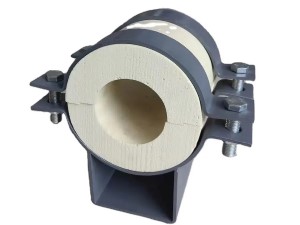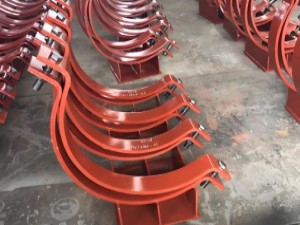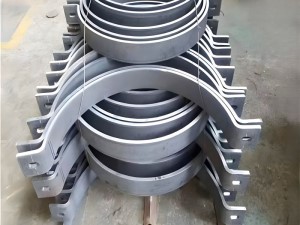Uses of powder coating.
Powder coated items see many uses where their properties are superior to those of paint-finished items. Many pieces of outdoor furniture such as benches, bike stands, and bollards are powder coated in order to withstand the harsher conditions outside. Many vehicle and aeronautic parts are powder coated because they can withstand high temperatures and corrosion, also often powder coated are the bodies of golf carts and lawnmowers, housings for tools, and even shock absorbers, brakes, wheels, and car bumpers. Powder coated items can also be found in the home and offices, in the form of fire extinguishers, chairs, tables, and storage cabinets and shelves.
How to powder coat metal.
- Clean the metal.
Firstly, all metal parts must be cleaned thoroughly to remove dirt, grease, and other detritus. Any dirt on the surface can disrupt the application and curing processes.
- Pre-Treat the metal.
Next, the metal should be pre-treated for the power coating process, in order to prevent chipping and corrosion on the final piece. A conditioner is applied to set the surface pH level and lock it in. Next, a corrosion barrier is applied, usually zinc phosphate, iron phosphate, or zirconium. The workpiece is then rinsed, and a sealant is applied. After another rinse, it is dried in an oven and allowed to cool completely.
- Application.
Next, the powder is applied. This is done by earthing the part to be coated, and electrostatically charging the powder. The powder is made from epoxy or polyester resin, curing agents, and a variety of additives, which can alter the finish, colouring, serve as anti-caking agents, and increase durability. Once, the powder is electrostatically charged, it is sprayed at the earthed piece. The powder is quickly attracted to, and clings evenly, across the entire surface of the piece, thanks to the static cling effect.
- Curing.
To finalise the piece, it is placed into a curing oven (around 200 °C for 10 to 15 minutes) where the powder it transformed into a gel in the heat. As it cures and hardens, a tough, durable surface finish forms.





